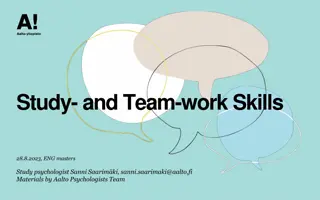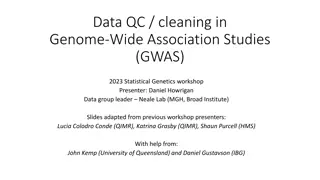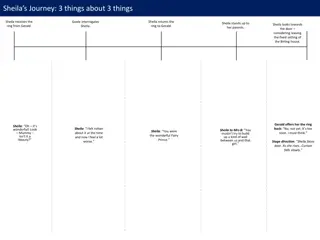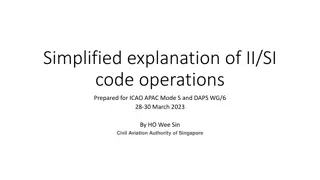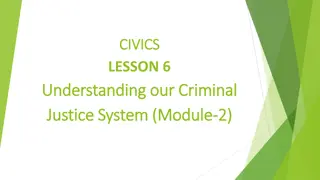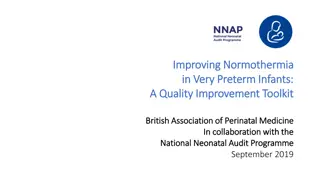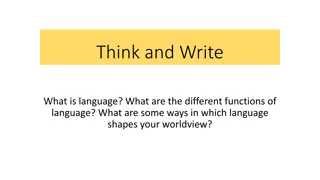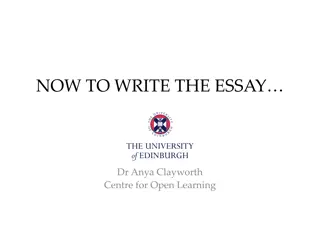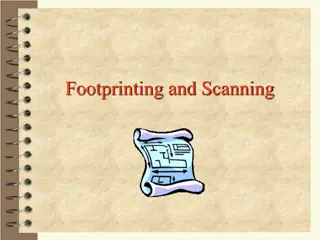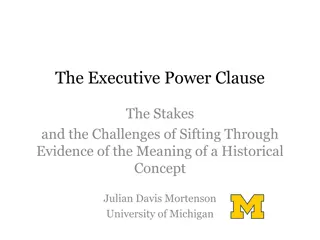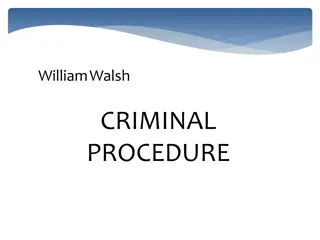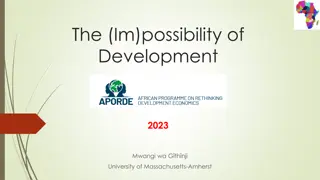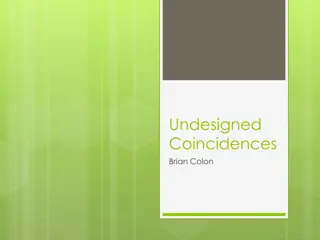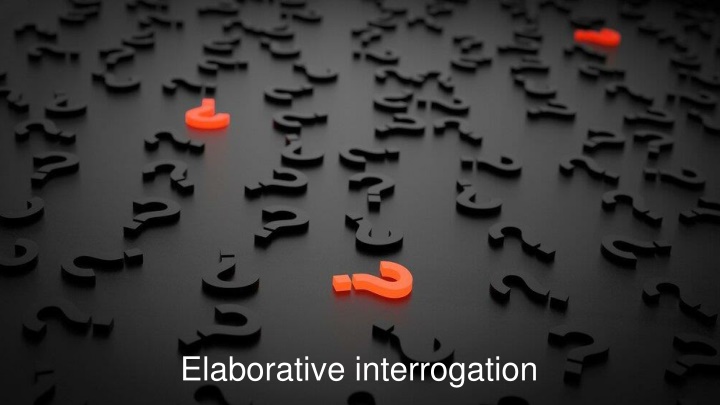
Elaborative Interrogation: How to Improve Learning through Detailed Questions
Discover the power of elaborative interrogation for effective learning by asking detailed questions such as "how" and "why" to enhance understanding and retention of information. Learn how to apply this technique, its benefits, and explore examples like the Pearl Harbor attack to deepen your knowledge.
Download Presentation

Please find below an Image/Link to download the presentation.
The content on the website is provided AS IS for your information and personal use only. It may not be sold, licensed, or shared on other websites without obtaining consent from the author. If you encounter any issues during the download, it is possible that the publisher has removed the file from their server.
You are allowed to download the files provided on this website for personal or commercial use, subject to the condition that they are used lawfully. All files are the property of their respective owners.
The content on the website is provided AS IS for your information and personal use only. It may not be sold, licensed, or shared on other websites without obtaining consent from the author.
E N D
Presentation Transcript
What is elaborative interrogation? Elaboration means connecting or adding information. It involves explaining and describing ideas with many details and making connections between ideas. Interrogation means to question. Elaborative interrogation involves asking how" and why" questions and finding answers to them. The specific questions that you ask yourself will depend on the topics you are studying (eg. How does x work? Why does x happen? When did x happen? What caused x? What is the result of x? and so on).
How do I do elaborative interrogation? Start by making a list of all of the ideas you need to learn. You could use the exam specification or a revision guide to help you. Go down the list and ask yourself questions about how these ideas work and why. As you ask yourself questions, see if you can remember the answers. Go through your notes and revision guides to check the answers to your questions. As you continue to elaborate on the ideas you are learning, try to make connections between multiple ideas to-be-learned and explain how they work together. A good way to do this is to take two ideas and think about ways they are similar and ways they are different.
Why should I use this technique? Asking yourself why and how questions will encourage you to produce explanations for the ideas you are learning, and to integrate the new material you are learning with the things you already know or have experienced. Integrating new ideas with what you already know helps you to organise the new ideas, making them easier to bring to mind in the exam. It encourages you to think about relationships between different ideas, and understanding how two ideas are both similar to one another and how they are different from one another can improve your understanding of the material.
An example: World War II, Pearl Harbor attack How did this attack happen? On December 7, 1941, the Imperial Japanese Navy attacked the United States Naval Base at Pearl Harbor. The attack included Japanese fighter planes, bombers, and torpedo planes. Why did this happen? The Japanese intended to destroy the United States Pacific Fleet so that it could not interfere with Japanese operations. What was the result of this historic event? Well, Japanese casualties were light, while they damaged eight U.S. Navy battleships. The Arizona was among those that the Japanese sunk, and was not raised from the shallow water. U.S. aircrafts were also destroyed, and 2,403 Americans were killed (1,178 were injured). Why is this event important? The day after the attack, Roosevelt delivered his Infamy Speech, the United States formally declared war on Japan, and Japanese-Americans were then relocated to internment camps. You could then go on: How did the U.S. enter the war? How did the Pearl Harbor attack lead up to the release of the atomic bomb? How did the war end? And so on... There are so many ways to explain the idea and add details!
An example using the specification: Geography What is an ecosystem? What is an example of a small-scale ecosystem? What is an example of a large scale ecosystem? What are global scale ecosystems called? What is the difference between biotic and abiotic components? What are the biotic components of a UK woodland ecosystem? What are the abiotic components of a UK woodland ecosystem? How do the abiotic components affect the biotic components? How do the biotic components affect the abiotic components? What are producers, consumers and decomposers? How do they interact? How is a food chain different to a food web? How does the energy flow through a food chain? Why does biomass fall as you go up the food pyramid? How are nutrients cycled? Why are the nutrient stores different sizes in different ecosystems? What happens to the ecosystem if there are fewer producers? Why might there be fewer producers? Why are the global ecosystems found in latitude bands around the earth? Why do the global ecosystems have different characteristics? What are the characteristics of the global ecosystems we studied? What is the climate of each of the global ecosystems? Why is it like this?

